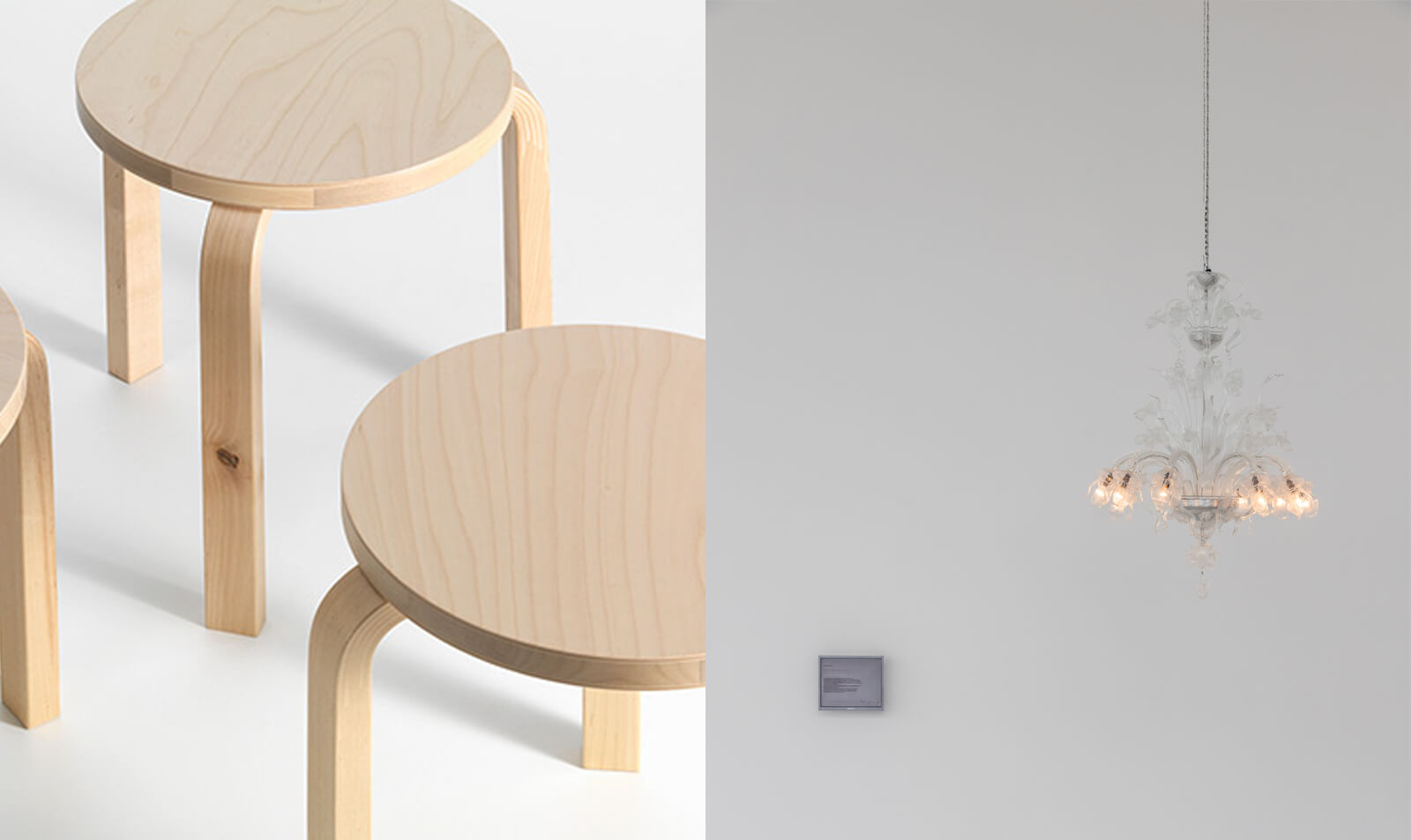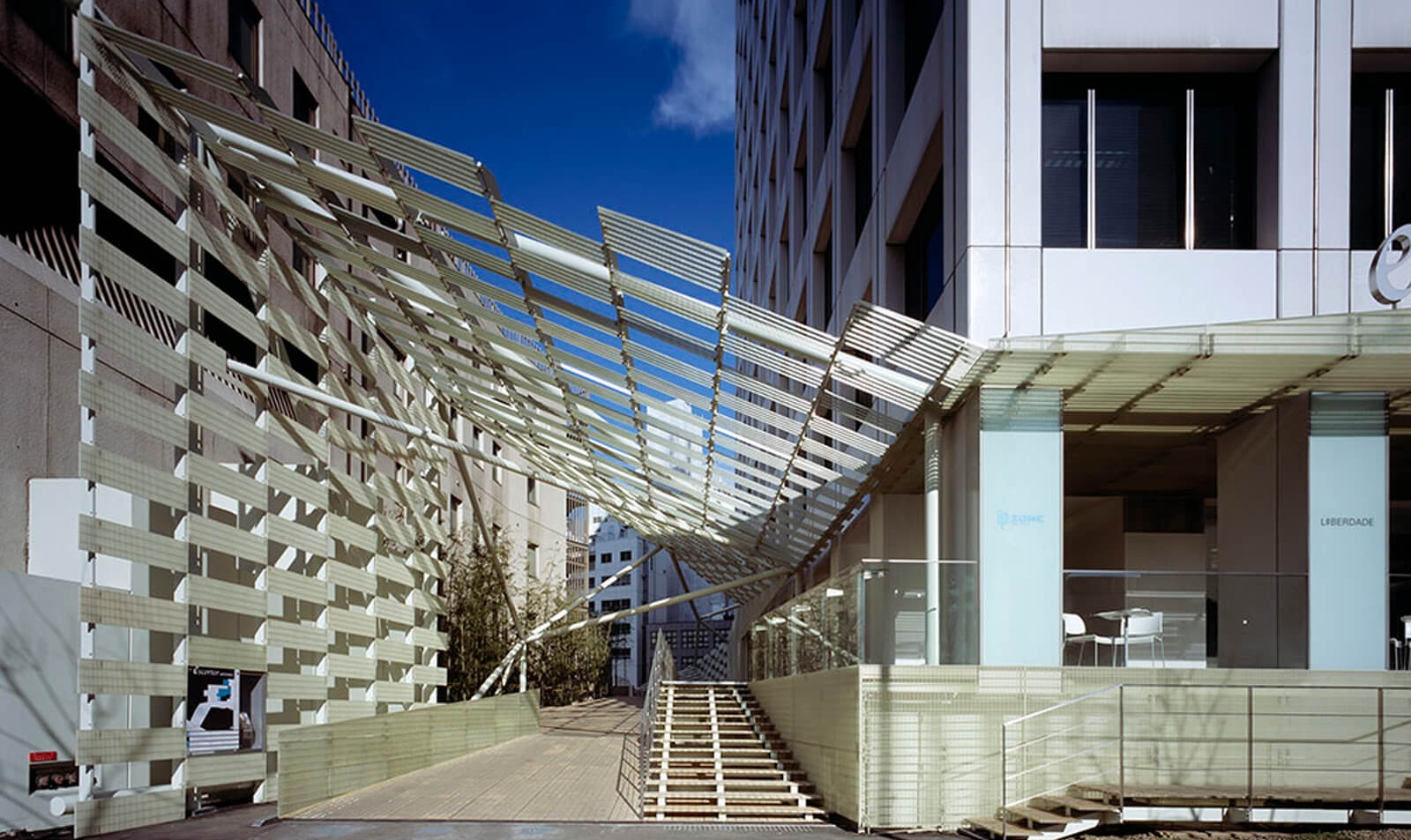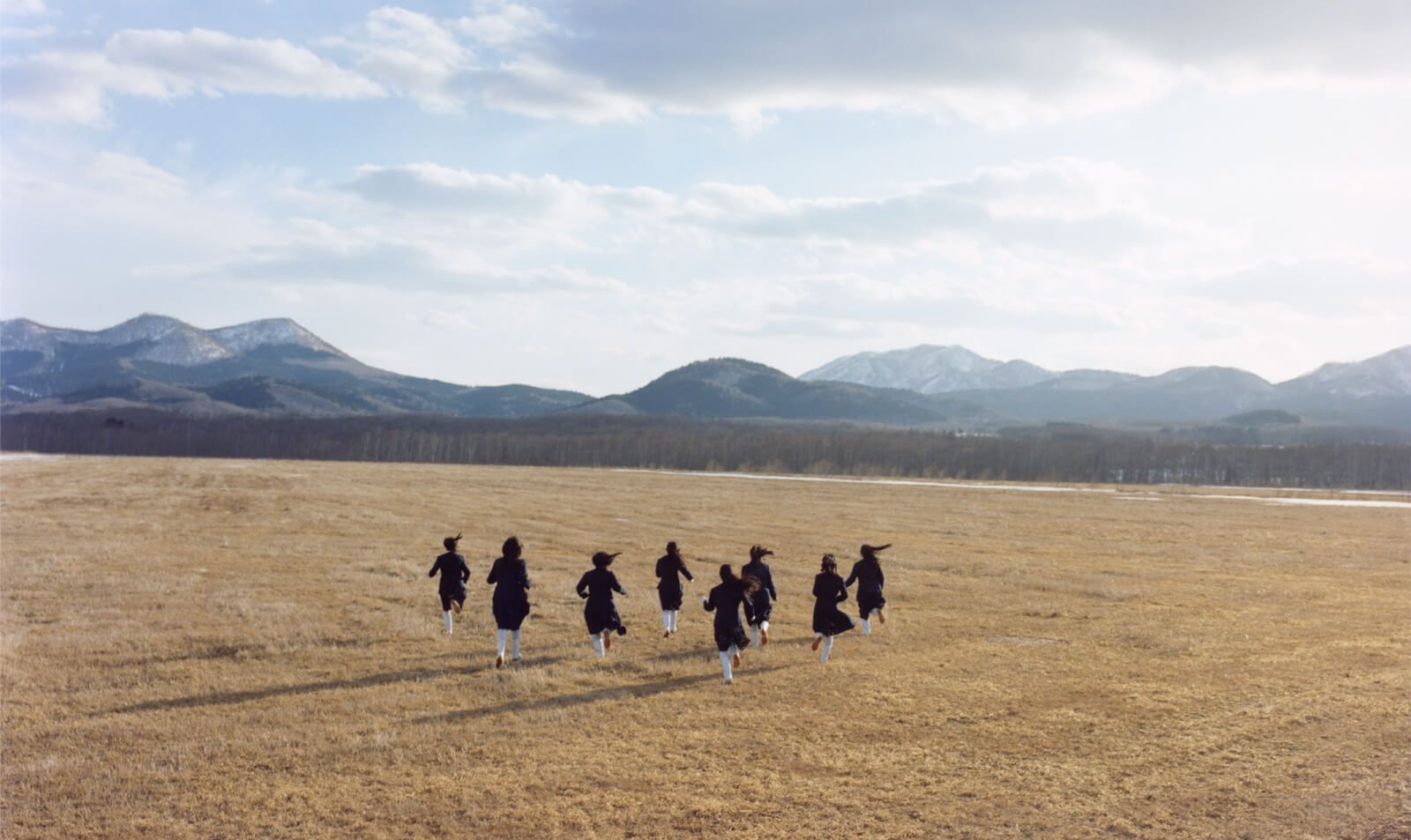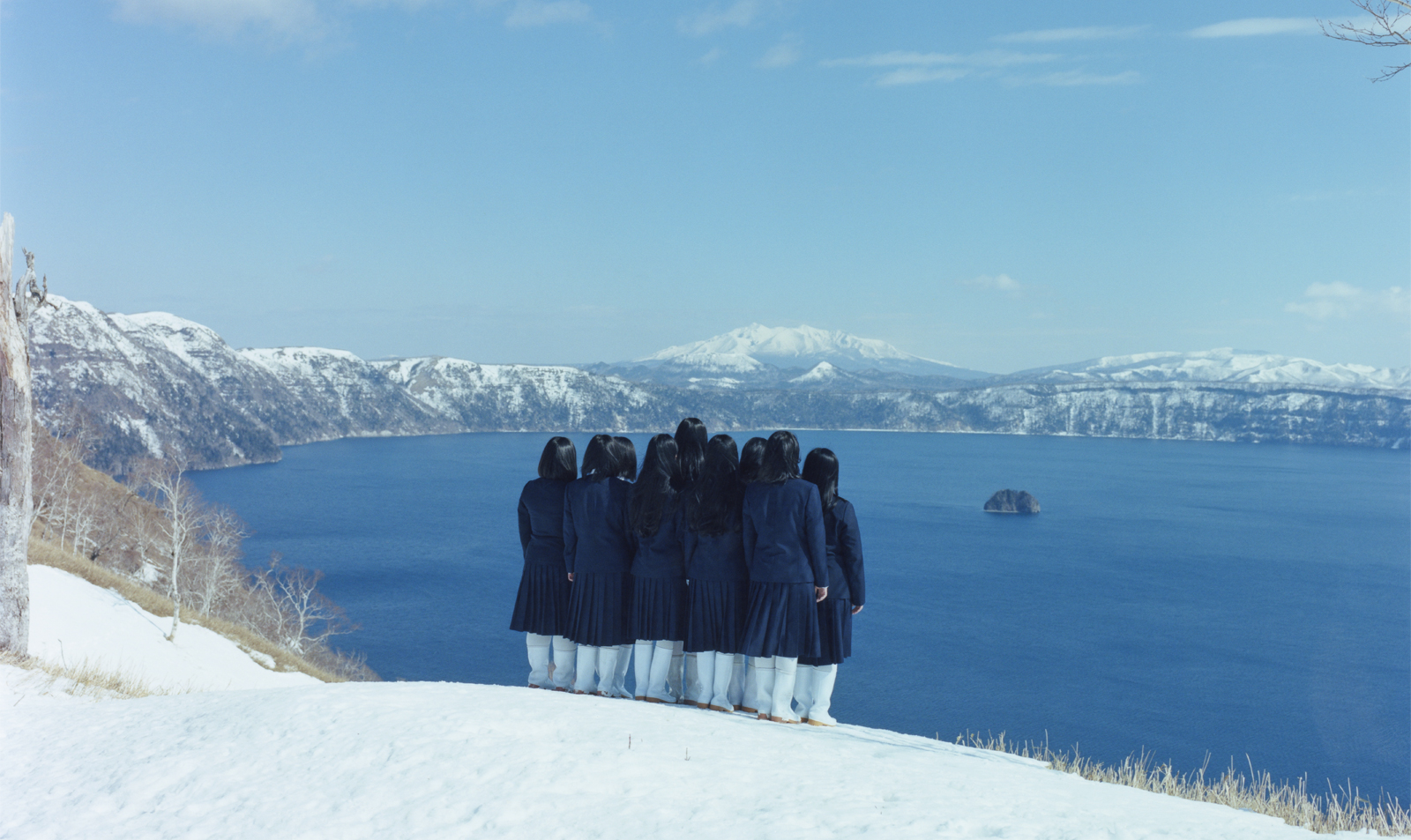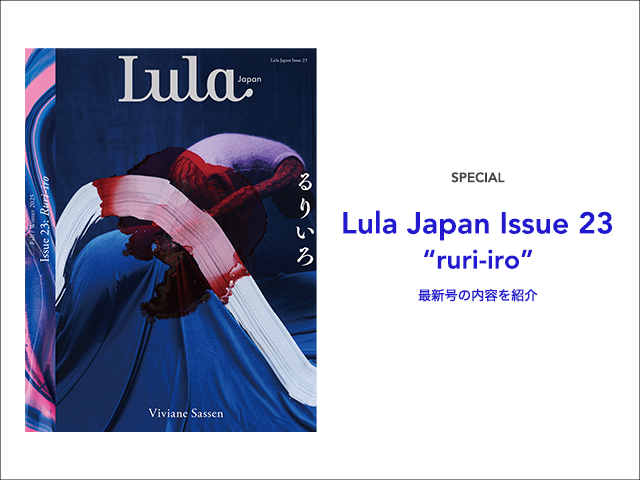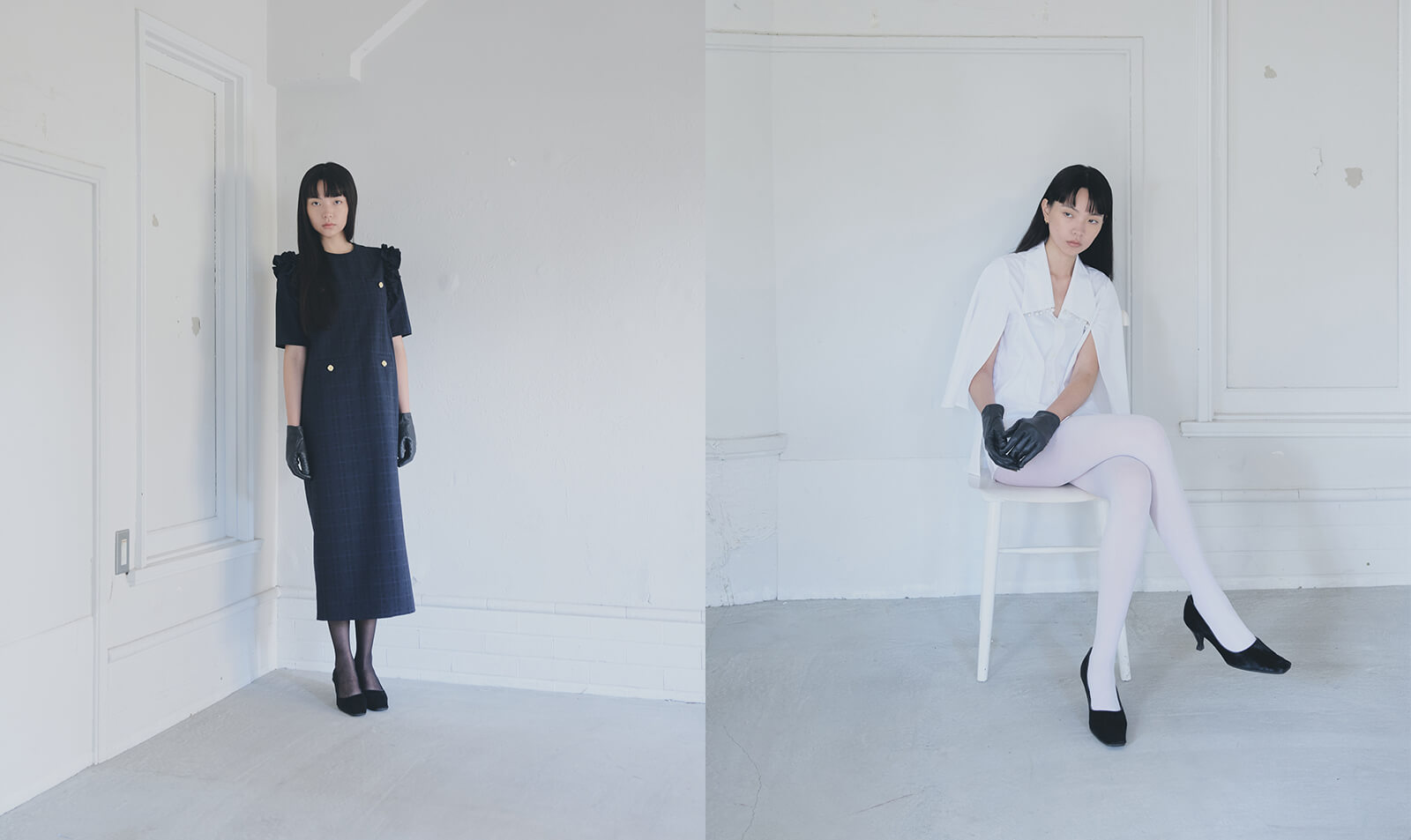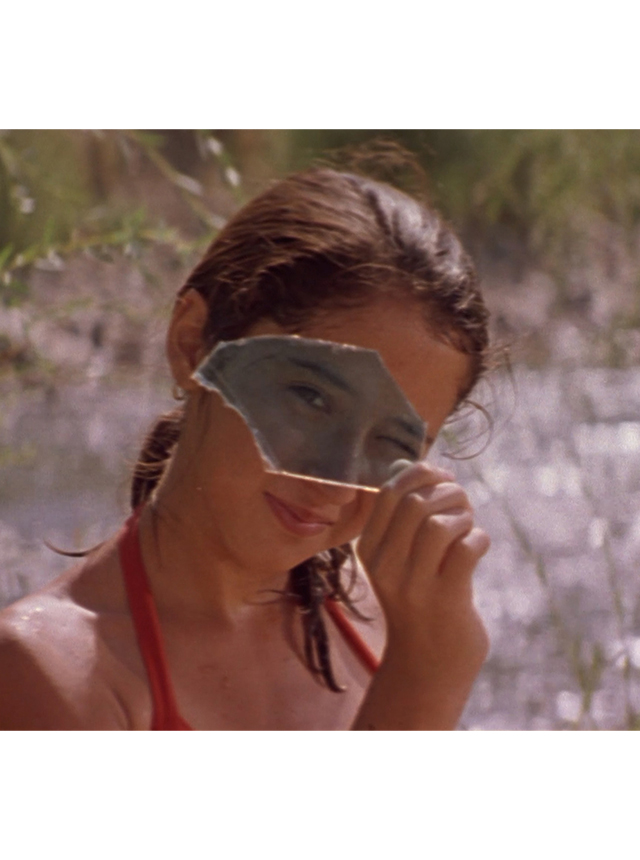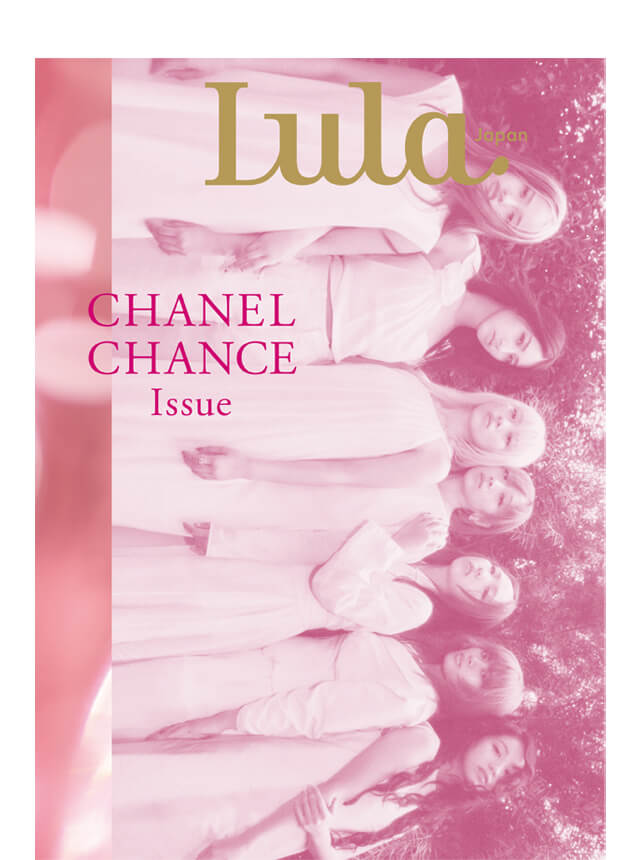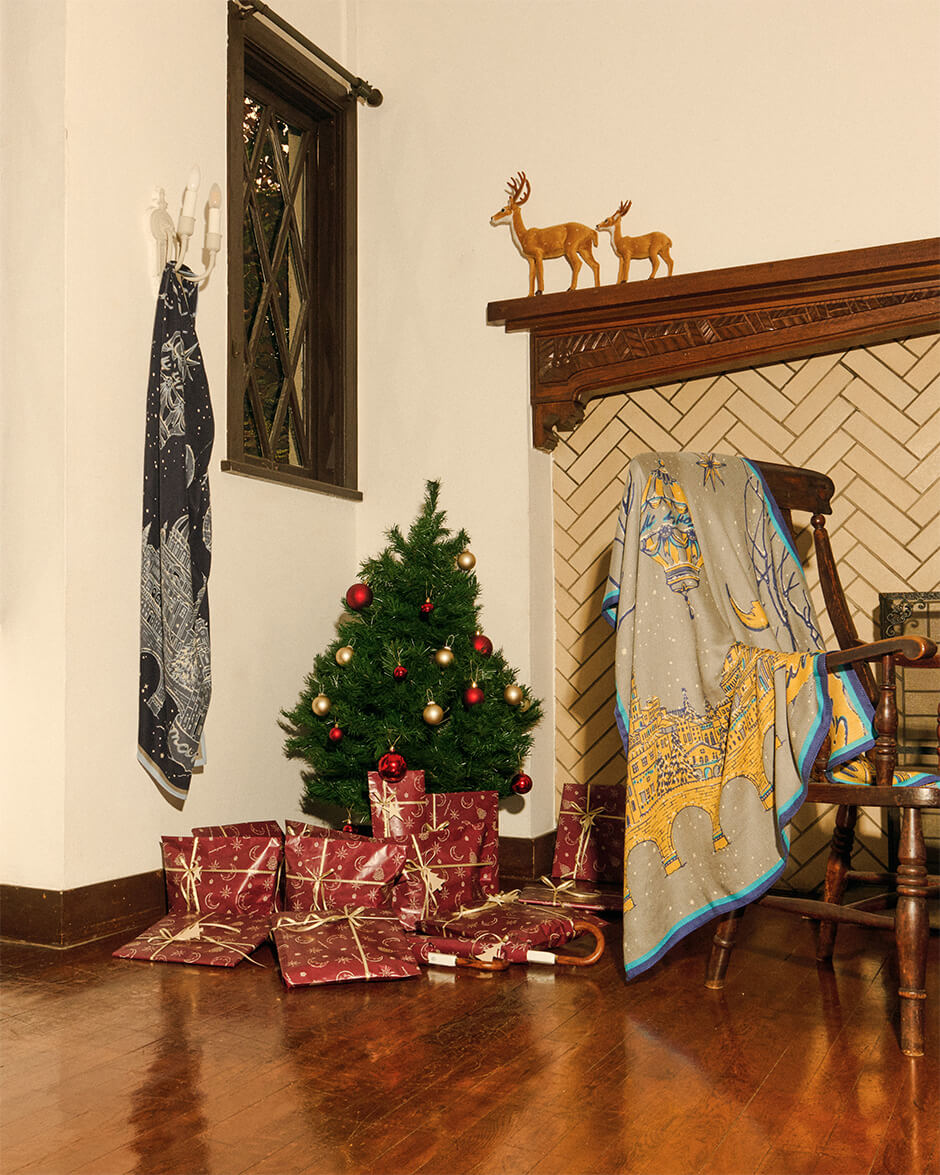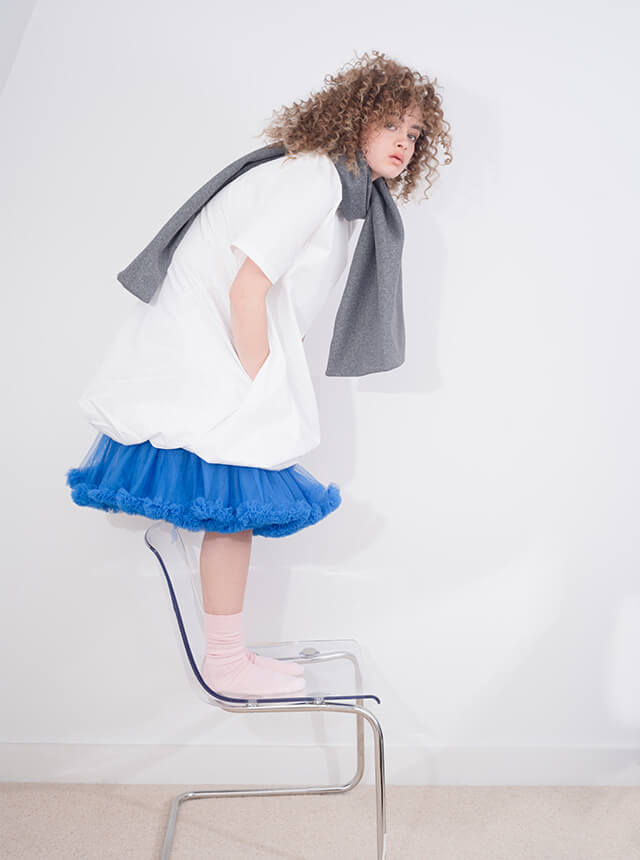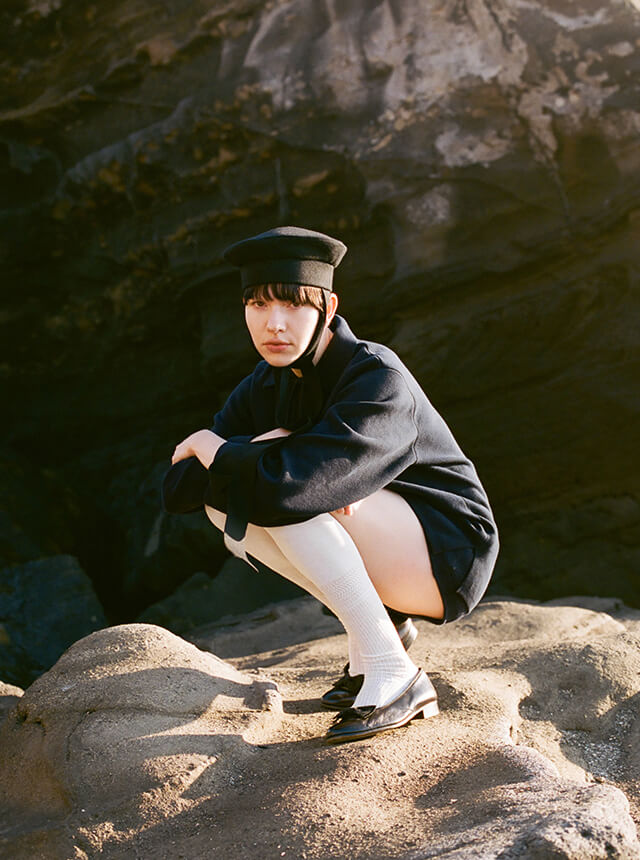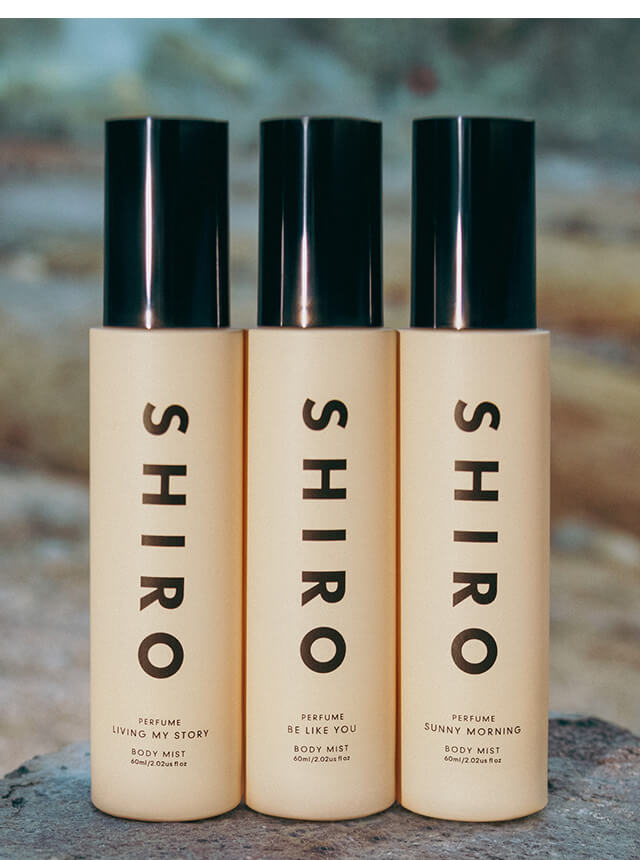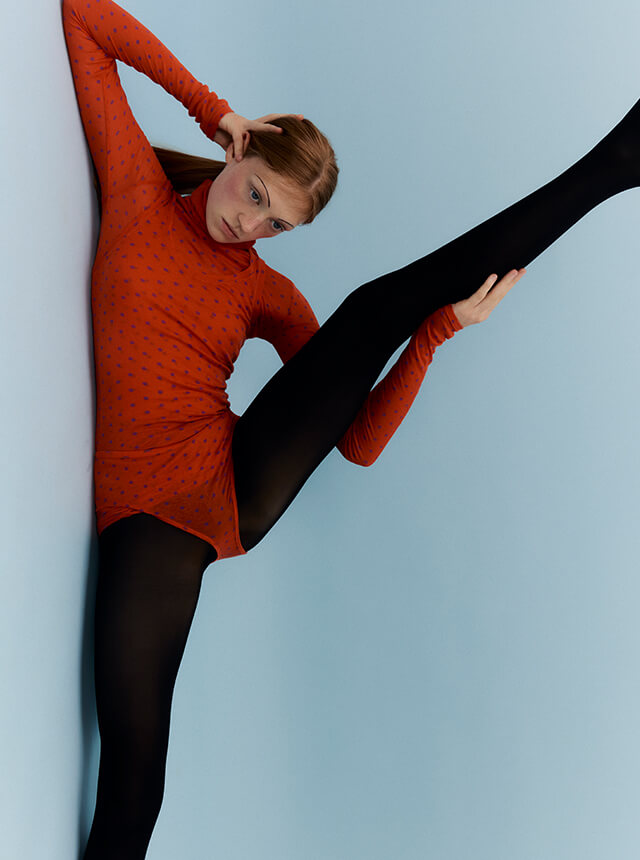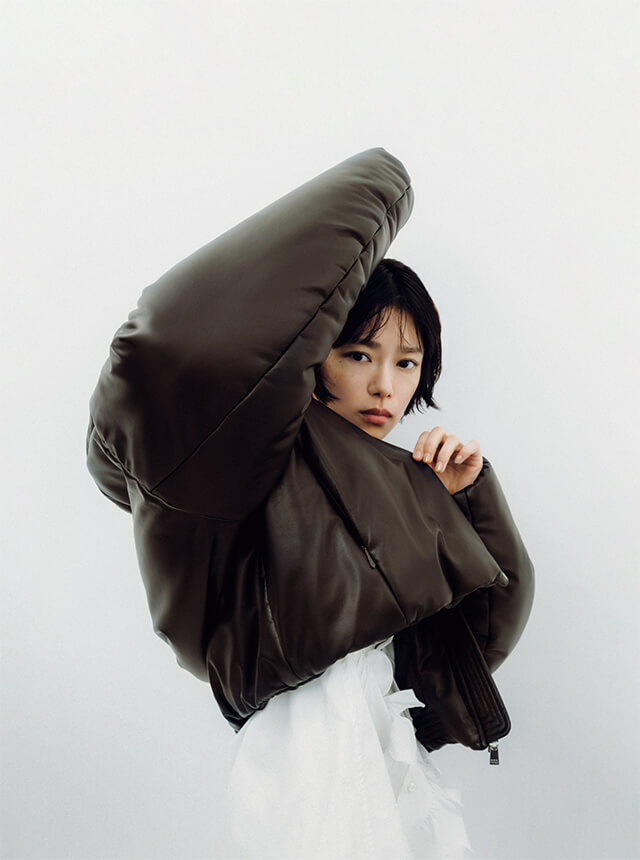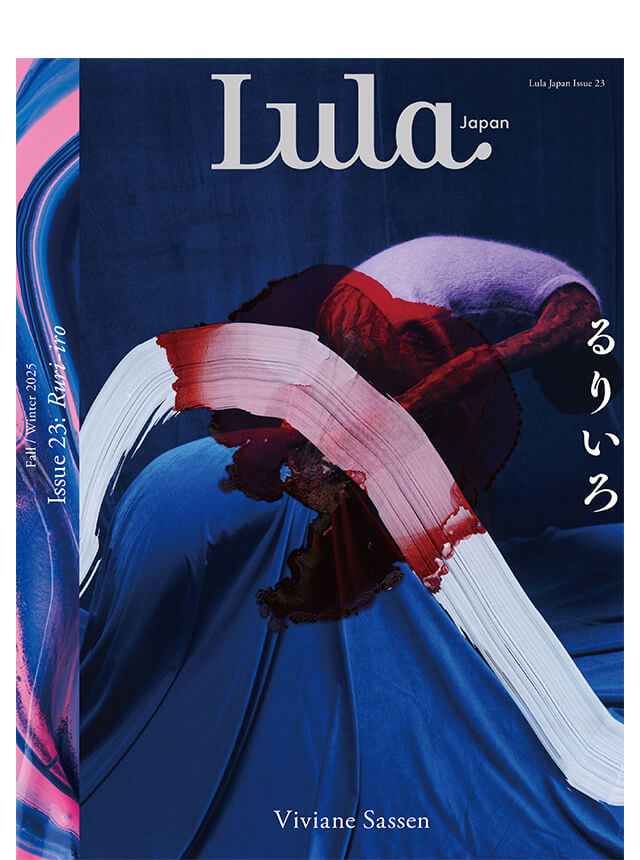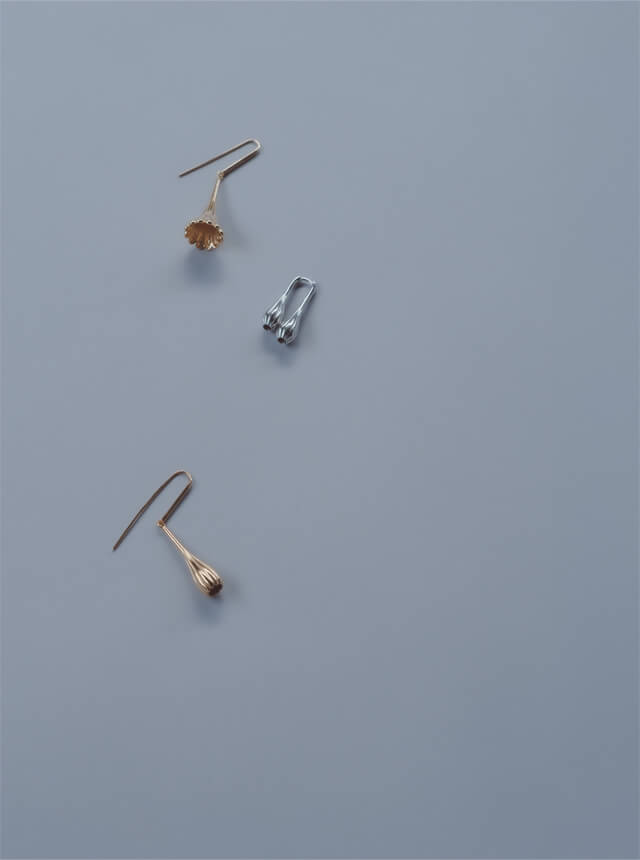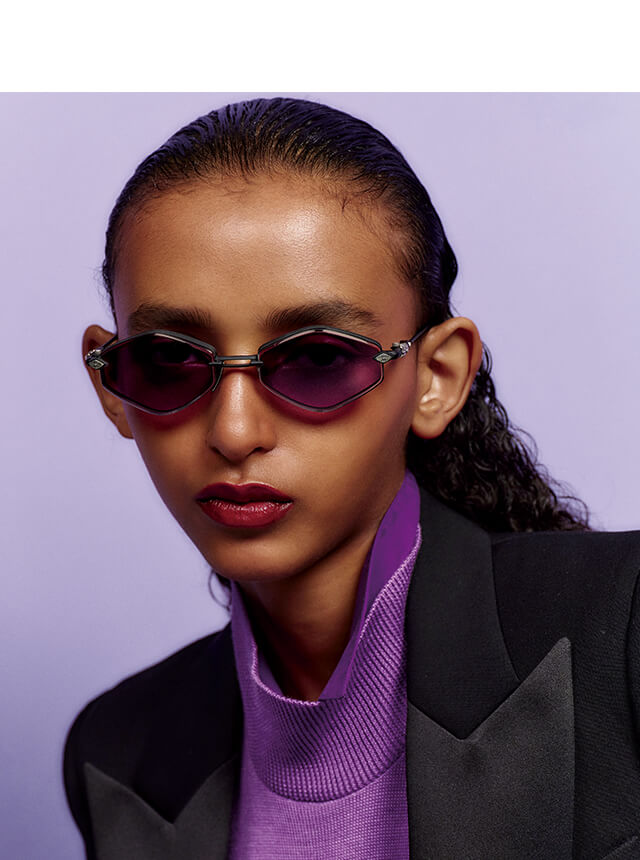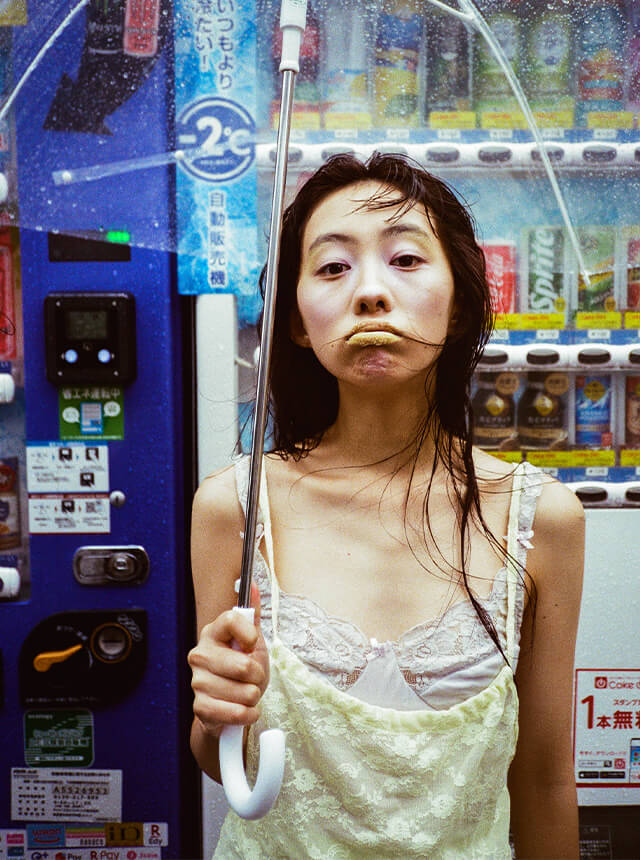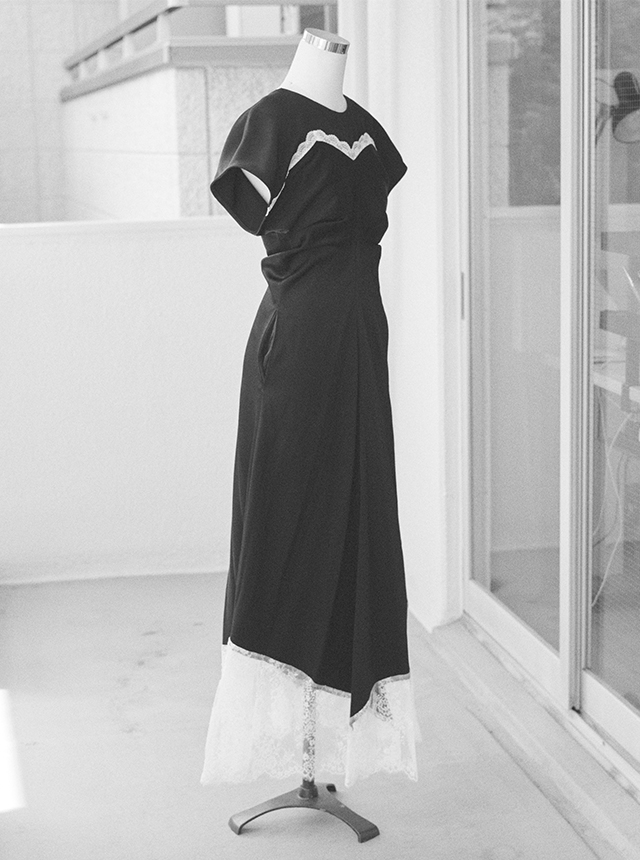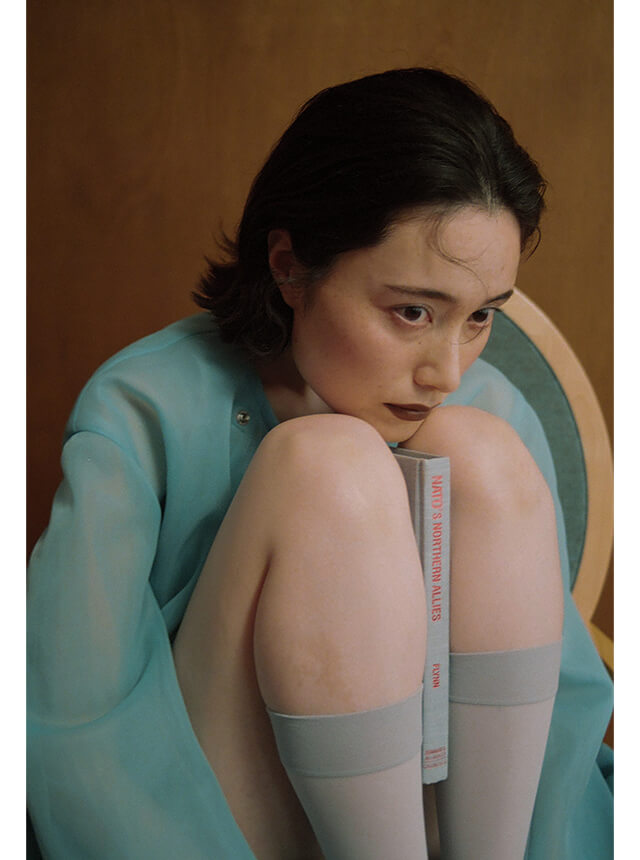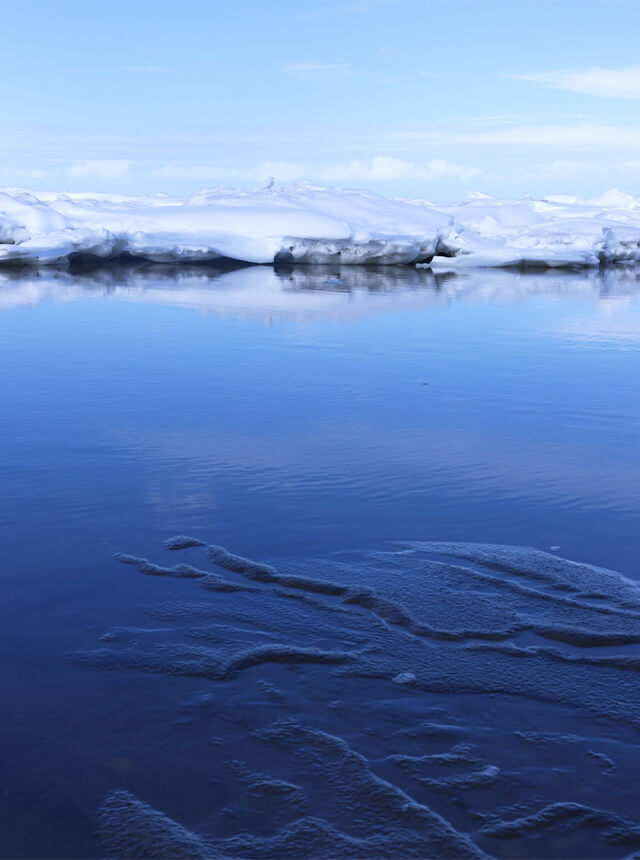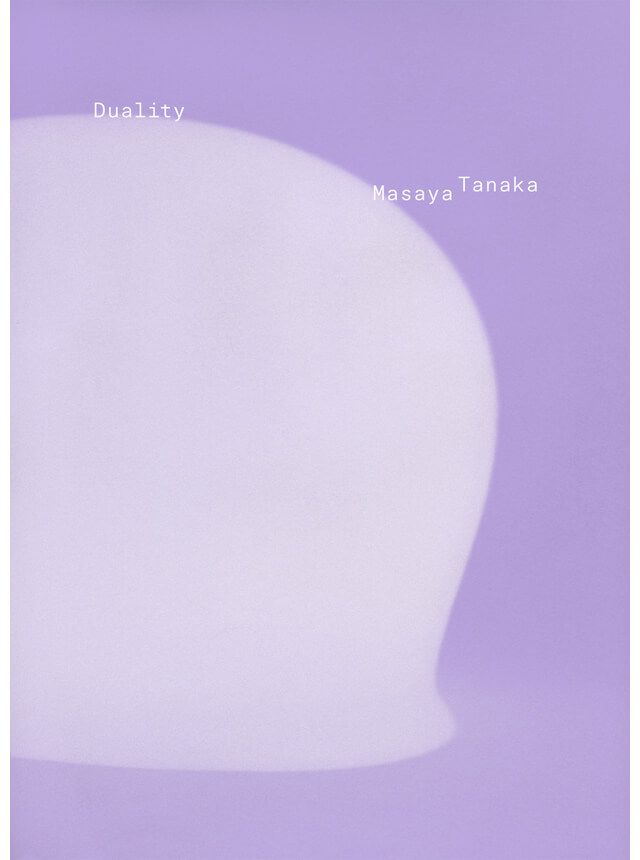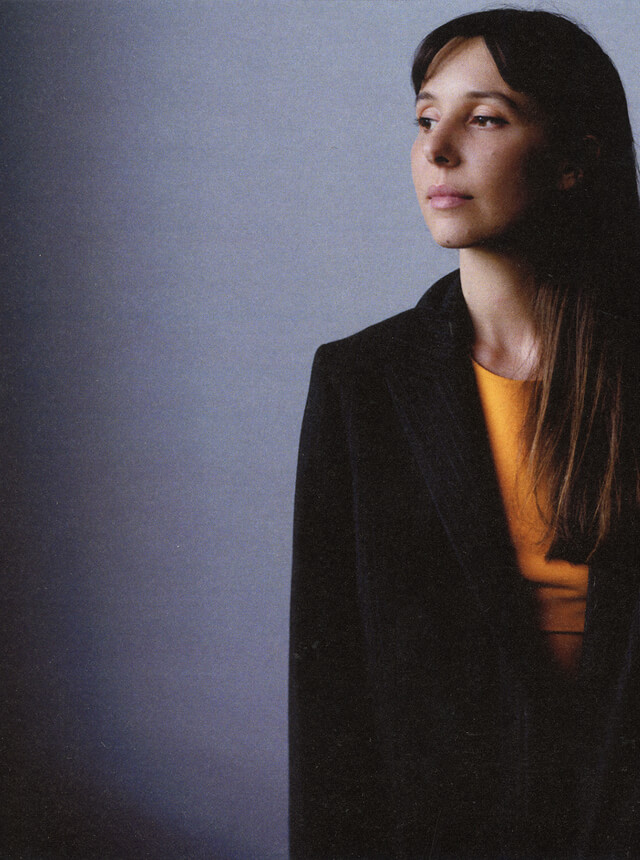
Top Left Photo:Archaeology of the Future (AOF) _006 at Villa Noailles Design Parade festival, summer 2023 @Gala Espel
人間科学に根差してデザインを研究する、フランスの建築家兼デザイナー Gala Espel。
各地域の伝統的な文化や手仕事をリサーチしてきた彼女は、独自の視点から産業とクラフトの関係、モノそのもの、モノと人類、その日常との関わりについて考察し続けている。
そして今年、彼女は日本最大規模のデザイン&アートフェスティバル「DESIGNART TOKYO 2023」において、将来が期待される30歳以下のクリエイターを見出すプログラム「UNDER 30」に選出され、未来から見た現在を考古学の切り口から表現した新作「Archaeology of the Future」の展示を開催した。
今回Lula Japan Webでは、個展開催に合わせてスペシャルなインタビューを実施。
自身のルーツや実践方法、新作に込めた意味、デザイナーとしての矜持など、深く、複雑な思考の内側を明かしてくれた。
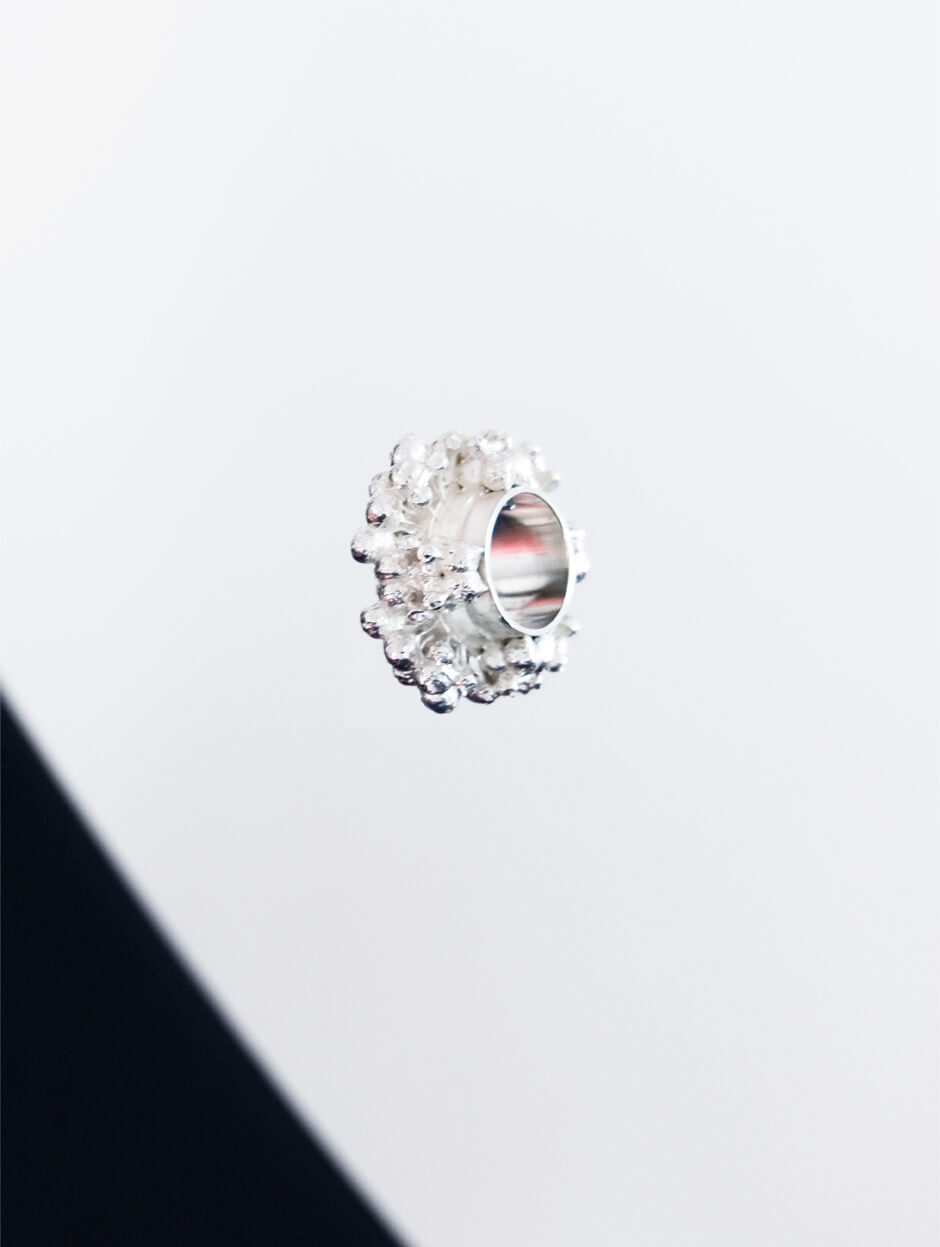
−文化的視点に基づいた、複層的なデザインが印象的です。
幼少期から多様な文化に触れる環境にあったのでしょうか?
ありがとうございます。
私は幸運にも、3つの文化が混ざり合う地域で育ちました。フランスの文化、スペインの歴史、そしてカタルーニャのアイデンティティー。
それによって、何がその土地固有なのか、独自の豊かさや文化的慣習、そして何がそれを超越し、普遍的であるのかを理解することができました。
そしてある価値観が共有可能な一方、それ以外のものは人々のライフスタイルにおいて異なる形で調和していることが分かり、それを制作の中で探求しています。だから私は人間科学、特に人類学に魅力を感じているのです。
言語もまた、非常に重要です。今は日本語を学んでいますが、私に理解ための鍵を与えてくれます。
言語はある文化の物質的なもの(物や建築物など)と同様に、インスピレーションに満ちた宇宙の創造に寄与します。
私にとって文化とは、人々とそれを取り巻く環境から生まれるサイン、色、音、シンボル、テクスチャーから成る風景であり、それに魅了されています。
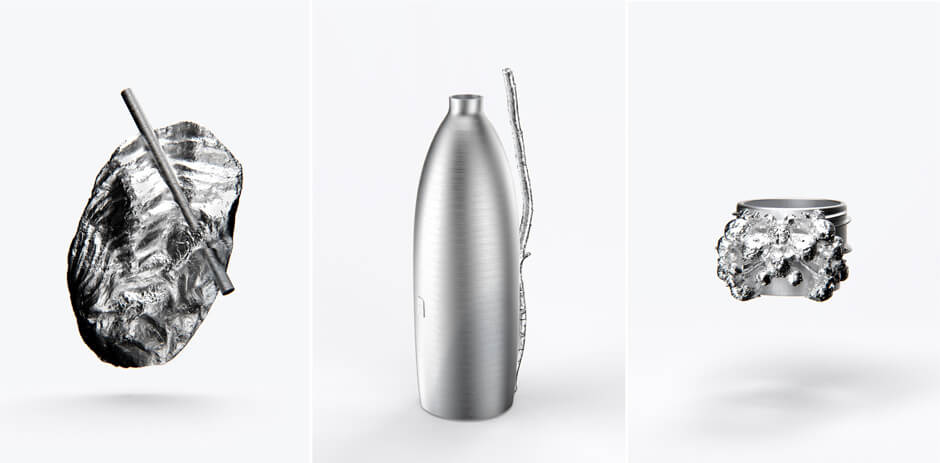
−デザインおよび建築に興味を持ったきっかけについて教えてください。
私たちの周りにあるものを捉える手段として物を作る中で、常にアートに大きな関心を抱いてきました。
7歳で写真を始めたことは、この観察力とヴィジュアルストーリーを語る能力の形成に役立ったと思いますし、「Archaeology of the Future」にはそれがとりわけ顕著に表れています。
それに加えて、私はいつでも探究心を持っており、建築やデザインには他分野についての知識を学び続けることが要求されます。そのため、常に世界への理解を深めることを求められるこの2つの学問分野に惹かれたのです。
良い建築家やデザイナーになるには、極めて複雑な対象を扱いながら、それをシンプルかつ感情的に翻訳できるようにならねばならないと考えています。
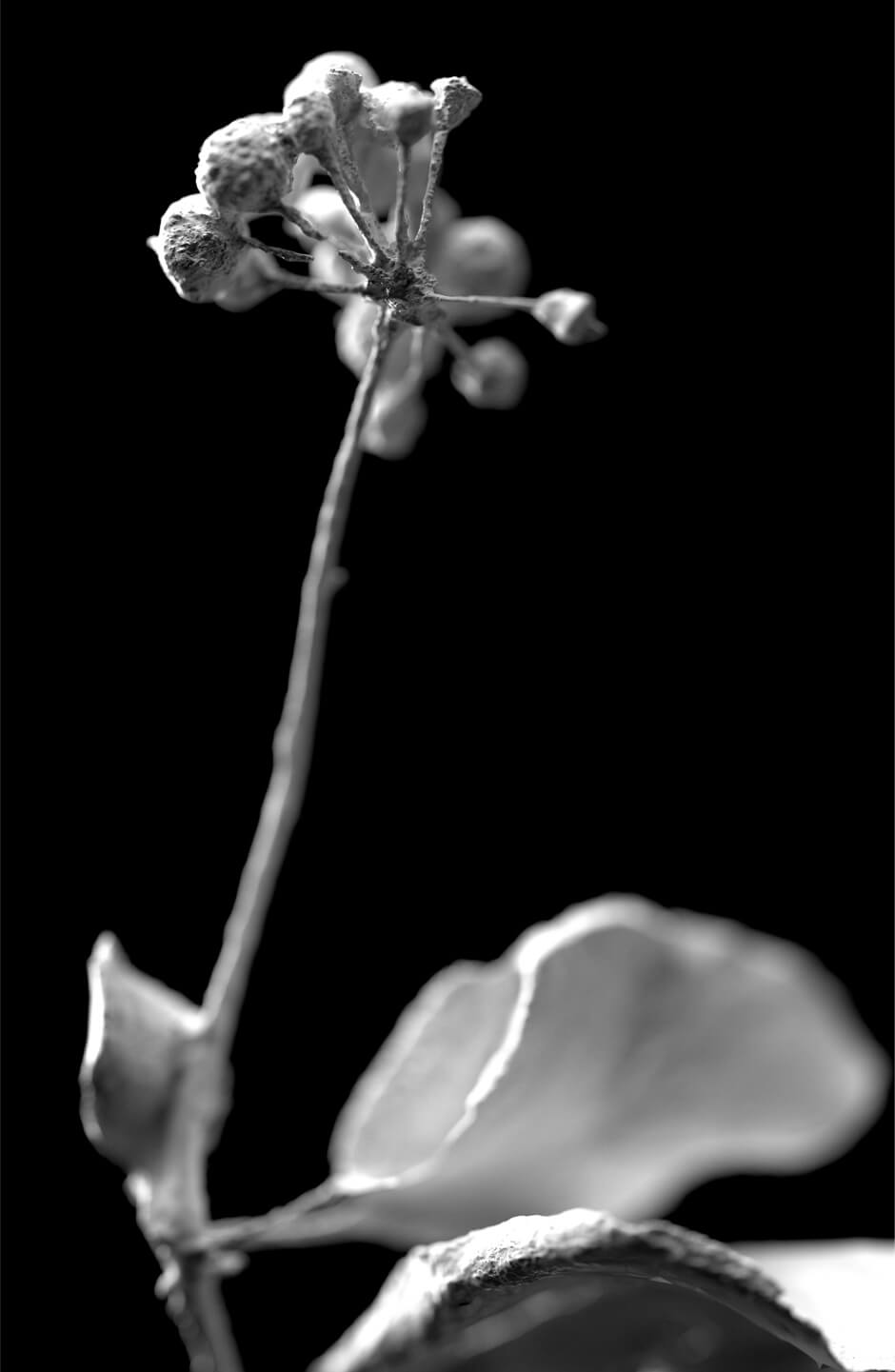
−「DESIGNART TOKYO 2023」のテーマは「Sparks 〜思考の解放〜」ですが、あなたが思考を解放させるためにしていることは何でしょうか?
思考を解放するのは簡単なことではありません!
私は少し考えすぎてしまうタイプで、少なくとも、思考に振り回されてしまうことがよくあります。そのため、自分の考えを落ち着かせようと、何かの目標に向かえるようなテーマについて想いを巡らせるのです。
それから歩くのも好きで、毎朝1時間半かけて自然の中を散歩します。Friedrich Wilhelm Nietzscheの言葉にこんなものがあったと思います――「すべての偉大な思想は歩いている時に生まれる」。
歩くこと、あるいは夢を見ることは、私が日常的に使っている2つの素晴らしいツールです。物事の本質に迫り、即座に答えを導き、きりのない自問自答を止めてくれます。
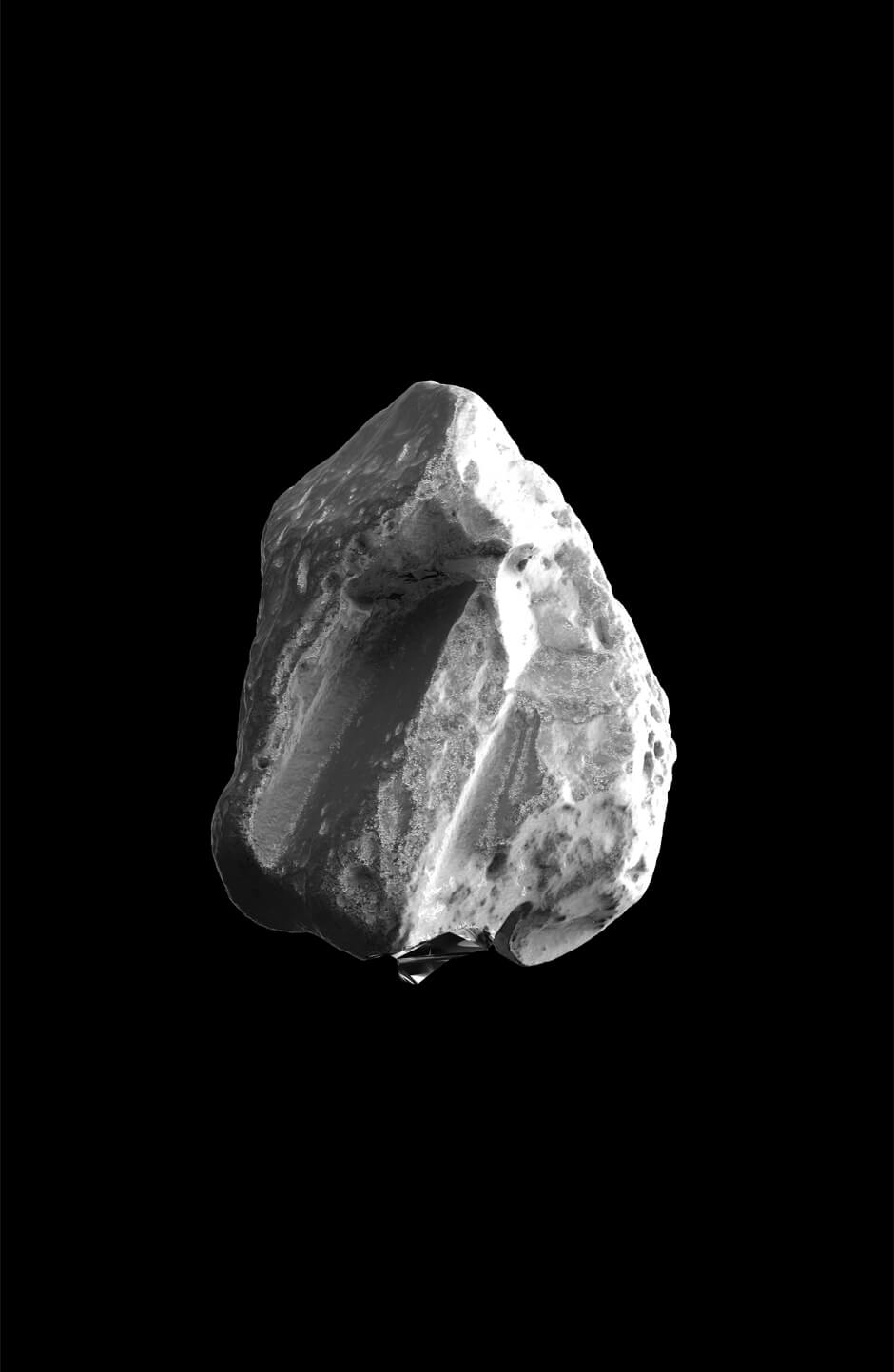
−「DESIGNART TOKYO 2023」で披露された「Archaeology of the Future」は、考古学的視点で未来から現在を見た作品ですね。
「Archaeology of the Future」は私の学生としての最後のプロジェクトで、何か大胆なことをやりたかったのです。
デザイン界ではここ数年、新しい物を生み出すことへの罪悪感と、同時に人間のニーズや社会の進歩のためになくてはならない道具や商品、住環境を生み出す必要性とが関係した、大きな緊張感があります。本プロジェクトはそうした問題から始まりました。
考古学は、私がこれに応答するために選んだアプローチです。
それは私たちの時代や目の前の恐怖から距離を取る方法であり、本格的な研究として始まったプロジェクトを、やがてデザインへと応用しました。この聡明な視点を共有することに、ある種の利益があると認識したから。それは科学的な、すなわち正確なイメージを提示するという視点です。
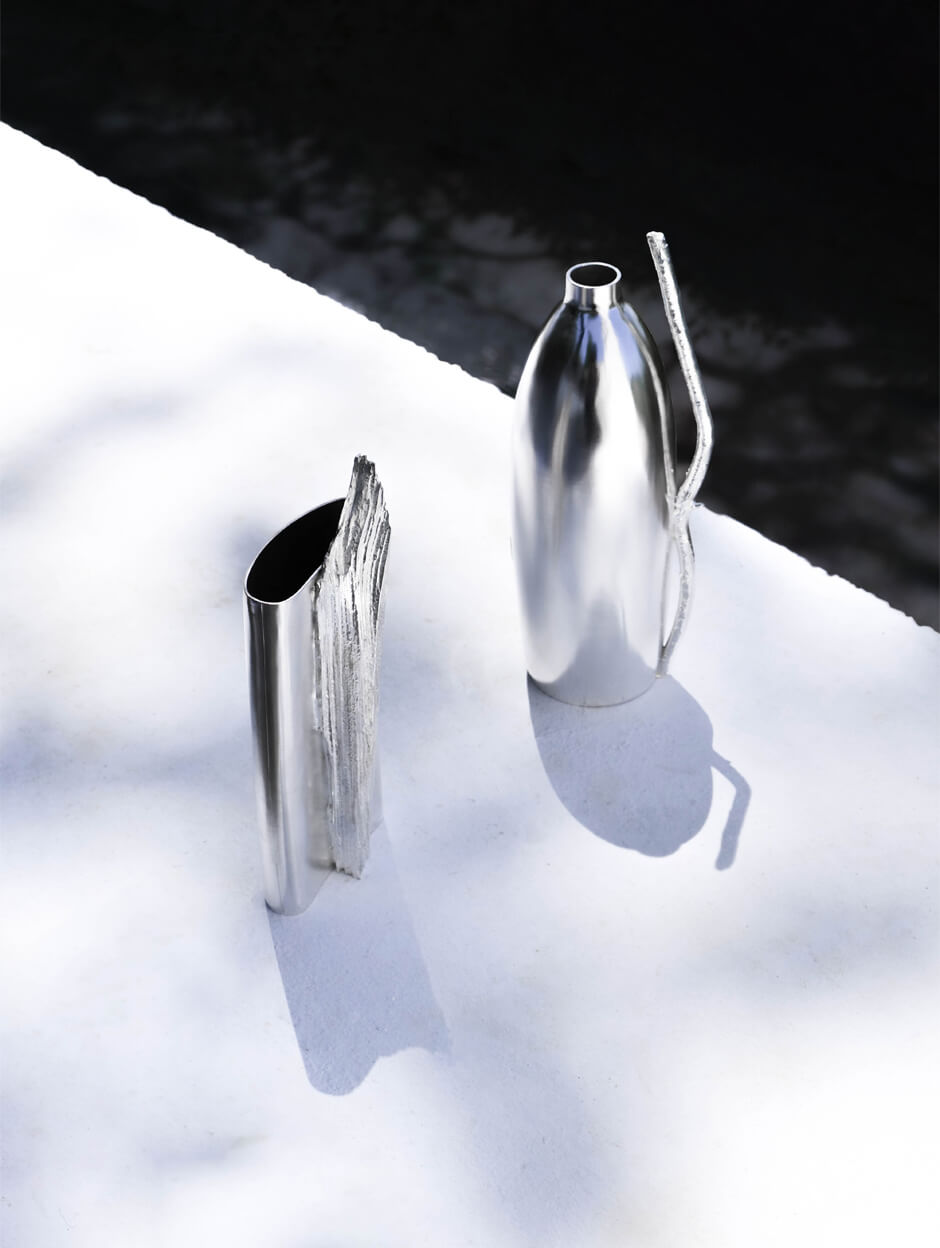
未来に向けて投影されたイメージは、私たちを動揺させるかもしれません――遠くから、しかしリアリズムを持って物事を見ることが強いられますから。
私は人間の最も深いところの感情を表現できるという点で、デザインを使うことにしました。こうした金属製のオブジェを見ると、曖昧な感覚になりますよね。年代をどう特定できるかも分からない。ある要素はひと目でなじみがあり、現代を思わせます。しかしシルバーという素材の選択によって、未来的な外観と同時に美しい古色が与えられます。
私たちは、長期的な視点で現在を見ることを余儀なくされるのです。

−今回の作品は銀細工職人 Nicolas Marischaelと宝石職人 Surya Mathewとのコラボレーションによるものですが、何か新たな発見はありましたか?
私たちは、これらのオブジェを作るために用いた手段が結果として極めて特異なものになったことに気づきました。
美的な側面だけでなく、まったく新しい制作方法、そして何よりも驚くべき精密さに繋がったのですから、私自身、この仕事の結果に驚いています。
概念的な思考から始まったことプロジェクトは技術的な革新へと至り、今は特許を取得しているところです。
−次に挑戦したいことは何でしょうか?
私は嵐のメタファーが好きです。自分の身の回りで繰り広げられることの触媒として働きたいと思っています。
新たな角度からそれを再構成できるような繋がりを見つけるために、物事を捉え、それらをかき回し、アイデアを練り、現実と自分の時間に没入する。
嵐のイメージが好きなのは、それが過ぎ去れば、物事を違った光の中で見ることができるから。嵐の後に活力や静けさ、希望、新たな始まりを喚起するこの光は、いつも大変美しいです。
とは言え、消費のための生活空間や物をデザインするという私の本来の役割に変わりはありません。私は建築家でデザイナーであって、アーティストではありません。
しかし居住空間やオブジェは、人間が生きることの今日的な意味を伝える独自の方法を持っており、私はその力強さを感じています。
私の実践においては、デザインの意味に焦点を当て、それを決して見失わず、決して落胆せず、デザインが今日果たし得る役割を想像すべく、自らに挑戦しています。
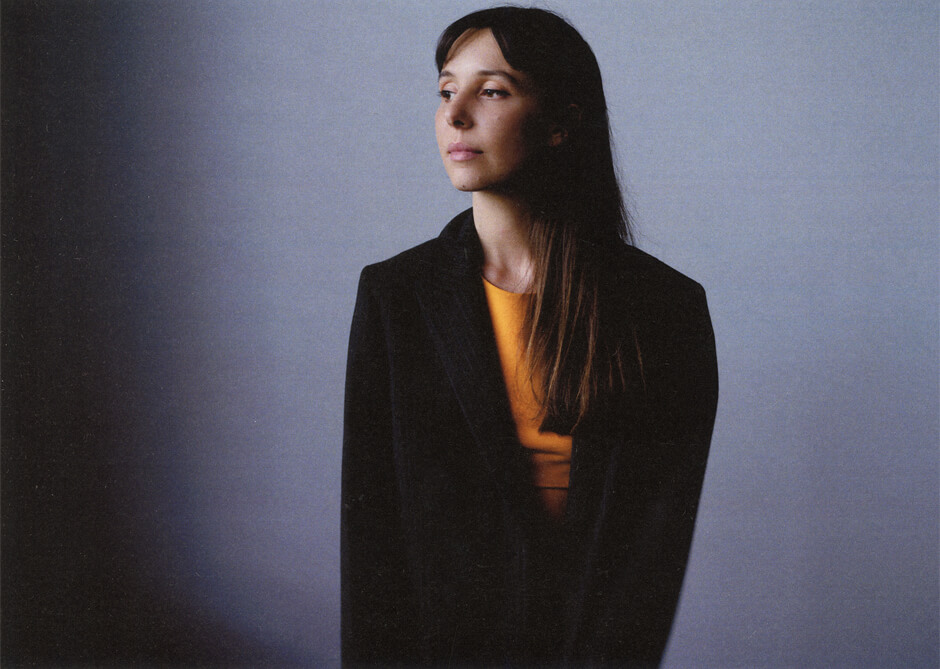
Gala Espel:
パリと東京を拠点に活動するフランスの建築家兼デザイナー。パリのカモンドデザイン学院で建築を、スイスのローザンヌ州立美術大学院で造形を学び、数々の受賞歴を持つ。その創作はリサーチやフィールドワークに根差しており、多文化の視点や職人とのコラボレーションを通してデザインについて考察し続けている。今年開催されたデザイン&アートフェスティバル「DESIGNART TOKYO 2023」では若手クリエイターを支援するプログラム「UNDER 30」に選出され、考古学に基づいた作品「Archaeology of the Future」を披露した。
www.galaespel.com
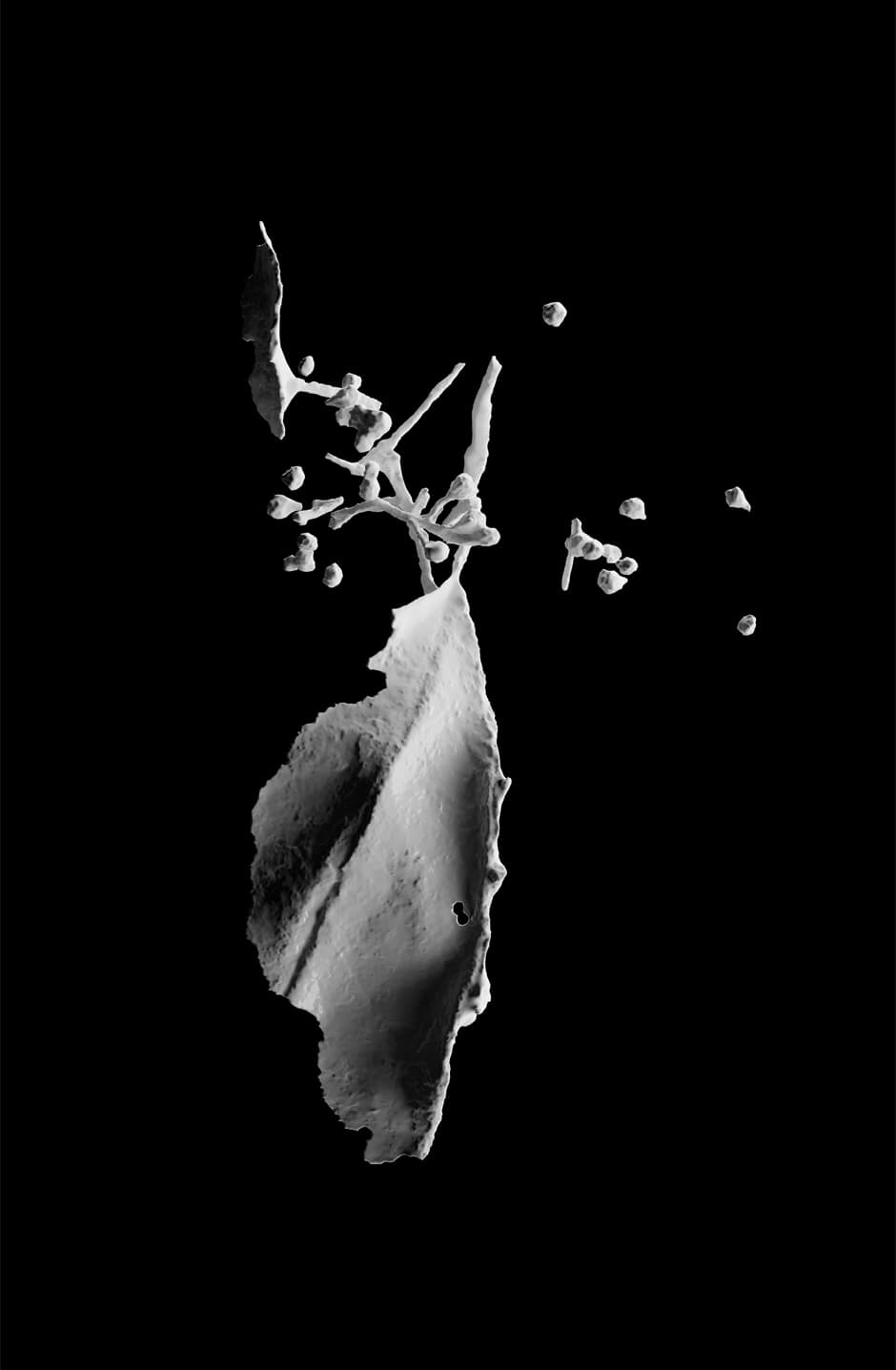
Gala Espel, a French architect and designer, who explores design rooted in human science.
Having researched traditional cultures and crafts of various regions, she continues to reflect between industry and crafts, and on the objects themselves and their relationship to mankind and to life.
This year, she was selected for the ‘UNDER 30’ program, which features promising talents under the age of 30, at ‘DESIGNART TOKYO 2023’, one of the largest design and art festivals in Japan. Then, she exhibited her new work ‘Archaeology of the Future’, which expresses the present as seen from the perspective of the future from the angle of archaeology.
This time, Lula Japan Web interviewed to Gala with her solo exhibition.
She revealed her deep and complex inner thoughts, including her roots, her practice, the meaning of the new work, and her philosophy as a designer.
Your works are impressive for their multi-layered designs based on your cultural perspective.
Were you exposed to diverse cultures from your childhood?
Thank you very much.
I’ve been lucky enough to grow up in a region where three cultures blend together: French culture, Spanish heritage and Catalan identity.
This enabled me to understand what belongs to the specific, the unique richness of a place and its cultural practices, and what goes beyond that, what is universal.
I’ve come to understand that certain values can be shared while others are reconciled differently in people’s lifestyles, and that’s what I’m exploring in my work. Hence my appeal to human sciences, particularly anthropology.
Language is also very revealing. I’m currently learning Japanese, which gives me keys for understanding.
Language, as well as the material items (objects, architecture, etc.) of a given culture, contribute to the creation of an inspiring universe.
To me, a culture is a landscape made up of signs, colors, sounds, symbols and textures produced by the people and their environment, and that’s what fascinates me.
Please tell us how you developed an interest in design and architecture.
I’ve always had a great interest in art, in creating things as a way to capture what’s around us.
I started with photography when I was 7, and I think it helped shape my eye and my ability to tell visual stories, which is particularly true for ‘Archaeology of the Future’.
In addition to that, I’ve always had an enquiring mind, and architecture and design require continuous learning about other fields of knowledge. That’s what attracted me to these two disciplines, as they constantly force me to deepen my understanding of the world.
To be a good architect and designer, I believe you need to be able to handle a great complexity of subjects and translate it with simplicity and emotion.
The theme of ‘DESIGNART TOKYO 2023’ is ‘SPARKS - Freeing Your Thoughts -’. What do you do to free your thoughts?
It’s not easy to free my thoughts!
I’m a bit of an overthinker - or at least I often let these overwhelm me. To calm down personal thoughts, I like to reflect about subjects that help me direct them towards a goal.
I also like to walk, taking an hour and a half every morning to walk in nature. I think there is a quote from Friedrich Wilhelm Nietzsche that goes: “All truly great thoughts are conceived while walking”.
Walking - or dreaming - are two great tools that I use daily. It allows me to get to the essence of things, to have immediate answers and to stop asking myself too many questions.
‘Archaeology of the Future’, which was shown at ‘DESIGNART TOKYO 2023’, is a work that looks at the present from an archaeological perspective from the future.
‘Archaeology of the Future’ was my last project as a student and I wanted to do something bold.
There’s been a great deal of tension in the design world for some time now, a tension linked to the guilt of creating new things and at the same time the necessity of creating tools, goods and habitats, all of which are indispensable to human needs and the evolution of society. This project began with these considerations.
Archaeology is the approach I have chosen to respond.
It is a way of distancing ourselves from our time and our immediate fears and this project that began as serious research was then applied to design, recognizing a certain benefit in sharing this wise point of view. It is a point of view that offers a scientific and therefore faithful image.
Projected into the future, this image may be disturbing - it forces us to see things from a distance but also with realism.
I decided to use design for its ability to express the deepest human feelings. There is a real feeling of ambiguity when you see these metallic objects. You can’t really know how to determine their age. Some elements are instantly familiar and recalls our present times. And yet the choice of the material, silver, gives a beautiful patina and at the same time a futuristic look.
It forces us to see our present in a long-term perspective.
You collaborated with silversmith Nicolas Marischael and jeweler Surya Mathew on this work. What new discoveries did you make as a result of that?
We realized that the steps I used to make these objects resulted in something quite unusual.
I was myself surprised by the result of this work, because beyond the aesthetic aspect it has led to a whole new production method, allowing among other things, an incredible precision.
Starting with conceptual thinking, this project led to a technical innovation that we are now patenting.
Please tell us about what you want to challenge.
I like the metaphor of the storm. I suppose I would like to act as a catalyst for what’s unfolding around me.
Taking things, stirring them up, manipulating ideas, immersing myself in reality and in my time to find the connections that allow me to recompose it from a new angle.
I like the image of the storm because once it has passed, we can see things in a different light. After the storm, this light is usually very beautiful because it evokes vitality, calm, hope and a new beginning.
This doesn’t in any way change my primary role of designing living spaces and objects for consumption - and I am an architect and designer, not an artist - but I think that habitats and objects have their own way of conveying what human life means today, and I find that powerful.
In my practice, I challenge myself to focus on the meaning of design and never lose sight, never be discouraged to imagine the role it could have today.
Gala Espel:
A French architect and designer working between Paris and Tokyo. She studied architecture at École Camondo, Paris and design at École cantonale d’art de Lausanne in Switzerland, and has received many awards. Rooted in research and fieldwork, she continues to explore design through multicultural perspectives and collaboration with artisans. At ‘DESIGNART TOKYO 2023’, a design and art festival in this year, she was selected for the ‘UNDER 30’ program, which supports young creators, and exhibited her archaeology-based work ‘Archaeology of the Future’.
SHARE
RELATED ARTICLES
LATEST TOPICS
PICK UP
-
- Art&Culture
- 25.Dec.2025
-
- Fashion
- Art&Culture
- Beauty
- Encounter
- 26.Nov.2025
-
- Fashion
- 11.Dec.2025
-
- Encounter
- 18.Dec.2025
-
- Fashion
- 10.Dec.2025
-
- Fashion
- Art&Culture
- 22.Dec.2025
-
- Beauty
- 10.Dec.2025
-
- Encounter
- 02.Dec.2025
-
- Fashion
- 13.Nov.2025
-
- Fashion
- 03.Dec.2025
-
- Fashion
- Art&Culture
- Beauty
- Encounter
- 01.Oct.2025
-
- Fashion
- Art&Culture
- 04.Nov.2025
-
- Fashion
- 14.Oct.2025
-
- Fashion
- 31.Oct.2025
-
- Encounter
- 11.Sep.2025
-
- Fashion
- 08.Sep.2025
-
- Encounter
- 30.Sep.2025
-
- Art&Culture
- 01.Aug.2025
-
- Fashion
- Art&Culture
- 13.Jun.2025
-
- Fashion
- Art&Culture
- Beauty
- Encounter
- 09.Jun.2025
-
- Fashion
- Art&Culture
- 13.Jun.2025
-
- Fashion
- Art&Culture
- 04.Jun.2025
-
- Fashion
- Art&Culture
- Beauty
- Encounter
- 22.Apr.2025
-
- Fashion
- 15.May.2025

